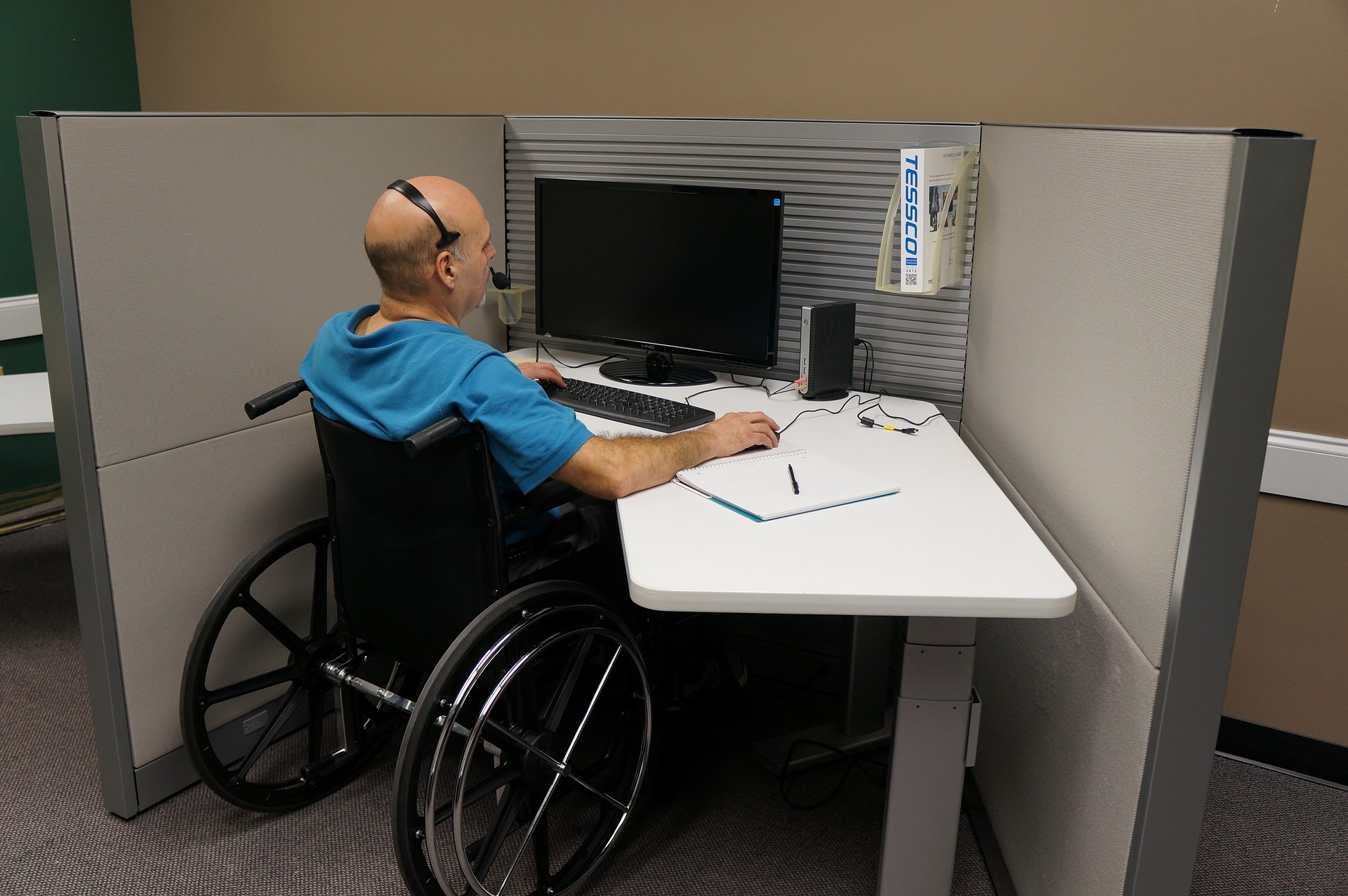Adapting Homes for Accessibility
Embarking on a journey to transform your living space into a sanctuary of accessibility can be both a noble and necessary venture. This article aims to guide you through the intricate process of understanding, evaluating, and implementing practical steps to adapting homes. Whether you are contemplating minor adjustments or significant overhauls, this guide will serve as a comprehensive roadmap to creating an environment where inclusivity is not just a concept, but a living reality.
Grasping the Essence of Home Accessibility
Understanding what it means to make a home accessible goes much deeper than the eye can see. It’s a journey into the heart of inclusivity, a commitment to creating a space where everyone, regardless of their physical abilities, can feel at home. Imagine a place where comfort and safety are not just amenities but fundamental rights for all who enter.
But what exactly does accessibility in a home entail? It’s a question that invites us to look beyond conventional solutions like ramps or handrails. These are important, yes, but true accessibility is about crafting an environment that respects and responds to a multitude of needs. It’s about designing a living space that is as diverse and dynamic as the people it serves.
This philosophy of home accessibility doesn’t just focus on major structural changes. It’s also about the small, thoughtful details that make a big difference. From the height of a kitchen counter to the texture of the flooring, every aspect of the home can contribute to its overall accessibility. It’s about creating a space where daily activities aren’t just possible but are carried out with ease and dignity.
For many, an accessible home might mean being able to navigate through wide doorways in a wheelchair or using assistive devices without a struggle. For others, it could involve sensory considerations, like reducing noise levels or ensuring adequate lighting for those with visual impairments. The goal is to minimize, if not eliminate, the barriers that can turn a home into a challenging environment.
Ultimately, grasping the essence of home accessibility is about embracing the idea that our living spaces should adapt to us, not the other way around. It’s a commitment to continuous improvement and adaptation, always with the aim of creating a more inclusive and welcoming home for everyone.
A Walk-Through: Evaluating Home Accessibility
When it comes to transforming your home into an accessible sanctuary, the process begins with a keen and detailed evaluation. Think of it as a journey through your own living space, but with a fresh perspective. You’re not just an inhabitant but a detective on a mission to uncover any element that might stand in the way of full accessibility.
This exploratory walk-through isn’t just a casual glance around. It’s an intentional, methodical assessment, where every corner of your home is scrutinized through the lens of accessibility. You’ll need to consider not just the obvious areas like staircases and hallways, but also the less noticeable ones. How easy is it to open a window or reach for items in a cupboard? Are there any unexpected steps or thresholds that could pose a challenge?
During this audit, it’s essential to adopt the perspective of individuals with various abilities. Put yourself in the shoes of someone in a wheelchair, or imagine navigating your home with limited vision or hearing. This empathetic approach helps you identify barriers that might otherwise go unnoticed. What might seem like a minor inconvenience to one person could be a significant obstacle to another.
Remember, this evaluation isn’t just about the interior of your home. Outdoor spaces are equally important in the accessibility equation. Consider the approach to your front door, the layout of your garden, or the accessibility of your backyard. Are these areas welcoming and navigable for everyone?
As you conduct this thorough examination, it’s crucial to take detailed notes. These will serve as the blueprint for the changes you’ll make. They’ll help you prioritize the adaptations that are most urgently needed and plan for those that can be implemented over time.
In essence, evaluating home accessibility is about seeing your home not just as a place where you live, but as a space that should be equally liveable for all. It’s a step towards understanding and action, leading the way to a home that truly embraces everyone’s needs.
Focal Points for Home Modifications

Entrances and Exits: Wheelchair-Friendly Access
Entrances and exits are critical points in a home. They should be designed to accommodate wheelchair users effortlessly. This might include installing ramps or creating zero-step entries. It’s essential to ensure that these areas are not only accessible but also safe and easy to navigate. Consider the width of the entryways and the type of doors used – sliding doors can sometimes offer better access than traditional hinged ones.
Hallways and Doors: Enhanced Mobility Inside
Hallways and doors are the main thoroughfares of any home. They need to be wide enough to accommodate wheelchairs or walkers. Consider widening narrow passageways and replacing standard door knobs with lever handles. Lever handles are easier to operate for people with limited hand strength or dexterity. It’s also important to ensure that these areas are free of obstructions that might impede movement.
Staircases and Lifts: Multi-Level Accessibility
In homes with multiple levels, staircases can be a significant barrier. Installing stairlifts is a practical solution for ensuring that all levels of the home are accessible. For those with the space and budget, home elevators are an even better option. They provide a seamless way for individuals with mobility challenges to access different floors.
Bathrooms: Safe and Accessible Design
Bathrooms require special consideration. They should be equipped with walk-in showers, which are easier to access than traditional bathtubs. Installing grab rails in strategic locations – like near the toilet and in the shower area – can significantly enhance safety. Consider the height of the sink and toilet; these may need adjustment to be comfortably used by everyone.
Kitchens: Universally Accessible Features
Kitchens are often the heart of the home, and they should be accessible to everyone. Adjustable countertops are ideal, allowing individuals of different heights and mobility levels to use them comfortably. Ensure that appliances are placed at reachable heights and that there is enough maneuvering space for a wheelchair. Features like pull-out shelves can also make kitchen items more accessible.
Flooring: Safety and Mobility
Flooring choices play a crucial role in home safety. Opt for non-slip surfaces, especially in areas like the bathroom and kitchen, where spills are more likely. Ensure the flooring is even throughout the house to prevent tripping hazards. Avoid thick carpets that can impede wheelchair movement and choose materials that provide a balance of safety and ease of movement.

Harnessing Smart Technology for Greater Home Accessibility
In the dynamic world of smart technology, a plethora of devices exists that can substantially elevate the accessibility of a home. Imagine the convenience of voice-controlled systems that allow you to switch lights on and off, adjust the thermostat, or lock doors with just your voice. Then there are automated door openers, a boon for those with mobility issues, making it easier to move in and out of spaces without physical exertion.
Smart lights and thermostats, controllable via smartphones or voice commands, add another layer of ease. Video doorbells are particularly useful for individuals with hearing impairments, enabling them to see who is at the door through their phone. The beauty of these technologies lies in their simplicity and their ability to integrate seamlessly into daily life, enhancing accessibility without adding complexity.
As smart home technology continues to evolve, it opens up new avenues for making homes more accessible. Staying abreast of these technological advancements is not just about keeping up with trends; it’s about discovering new tools that can transform a living space into a more inclusive and comfortable environment.
Navigating Financial Support for Home Adaptations in the UK
Undertaking home adaptations for accessibility can be a significant financial investment. Recognizing this, the UK offers substantial support through the Disabled Facilities Grant (DFG). This means-tested grant assists with modifications, reducing the financial burden on individuals needing such adaptations.
The UK government’s commitment to supporting older and disabled individuals in living independently is evident in its financial allocations. Recent increases in funding for home adaptations underscore this dedication. These funds are instrumental in enabling individuals to modify their homes to suit their specific needs, thereby promoting independence and a better quality of life.
Navigating the financial aspect of home adaptations involves understanding the available support and how to access it. The DFG and other government initiatives provide a crucial financial backbone for these projects, making an accessible home a more attainable goal for many.
The Transformative Journey of Home Accessibility
Embarking on the journey to adapt your home for accessibility is a step towards a more inclusive and nurturing living environment. It’s a transformative process, one that goes beyond physical modifications to embrace the ethos of comfort, safety, and independence for all who dwell within.
This journey, while potentially daunting, is marked by its profound rewards. The process of adapting a home for accessibility is not just about meeting physical needs; it’s about creating a space that reflects empathy, understanding, and inclusivity. As you navigate this path, the end goal remains clear: to fashion a home that is not just a structure of walls and roofs, but a haven of comfort and independence for everyone.
ARE YOU READY TO START INVESTING?
Subscribe to our mailing list now for exclusive deals, investment guides and the latest information from the property market.







